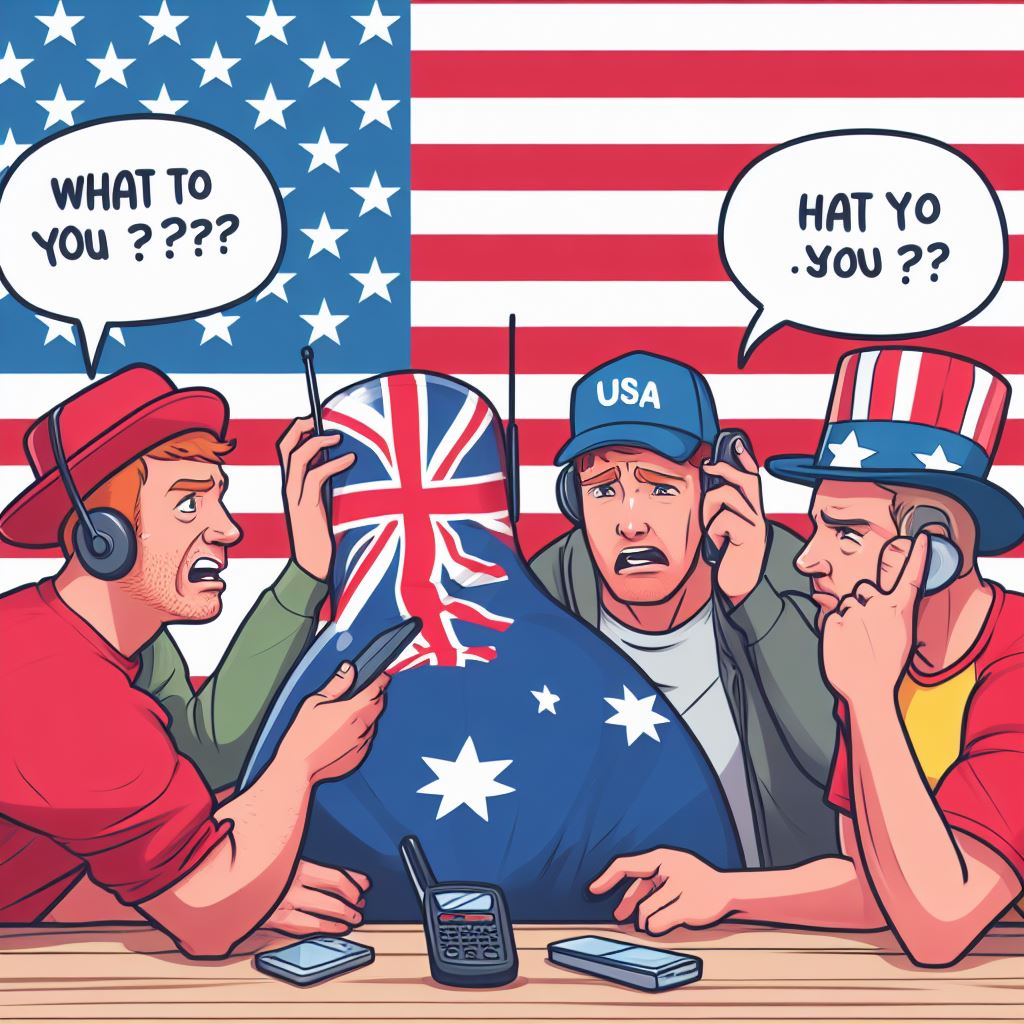Supply-side Jesus (short animation) is a brilliant take on trickle-down economics and circular arguments about why the successful are successful and the poor are poor.
"Tax cuts will double our revenues and ensure that the empire never declines or falls!"
"Should you feed the lepers, Supply side Jesus?"
"No Thomas, that would just make them lazy."
"Then shouldn't you at least heal them Supply Side Jesus?"
"No James, leprosy is a matter of personal responsibility. If people knew I was healing the lepers there would be no incentive to avoid leprosy"

Short opinion: no, CPU's can do that fine (possibly better) and it's a tiny corner of game logic.
Long opinion: Intersecting projectile paths with geometry will not gain advantages being moved from CPU to GPU unless you're dealing with a ridiculous amount of projectiles every single frame. In most games this is less than 1% of CPU time and moving it to the GPU will probably reduce overall performance due to the latency costs (...but a lot of modern engines already have awful frame latency, so it might fit right in fine).
You would only do this if you have been told by higher ups that you have to OR if you have a really unusual and new game design (thousands of new projectile paths every frame? ie hundreds of thousands of bullets per second). Even detailed multi-layer enemy models with vital components is just a few extra traces, using a GPU to calc that would make the job harder for the engine dev for no gain.
Fun answer: checkout CNlohr's noeuclid. Sadly no windows build (I tried cross compiling but ended up in dependency hell), but still compiles and runs under Linux. Physics are on the GPU and world geometry is very non-traditional. https://github.com/cnlohr/noeuclid